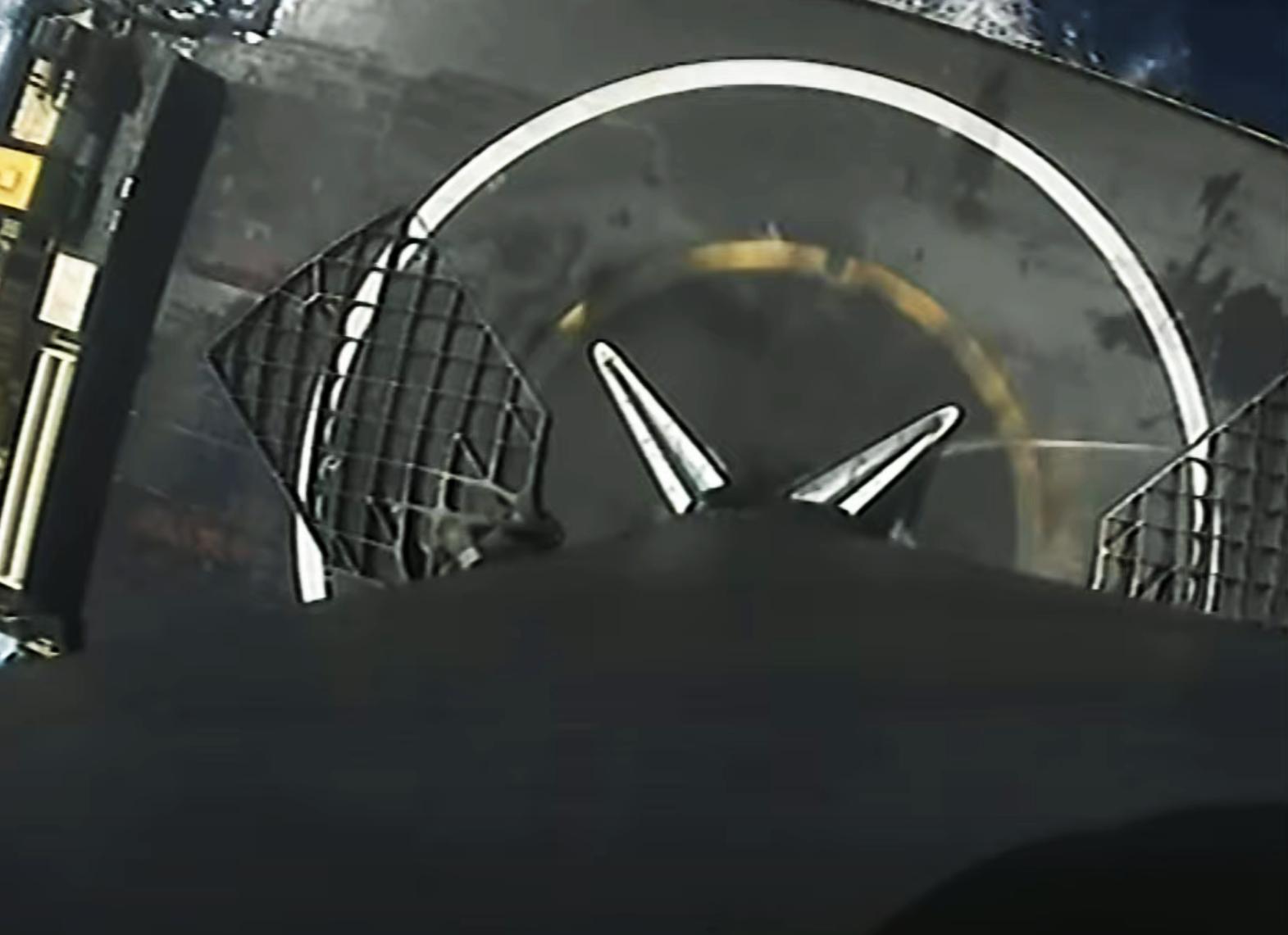
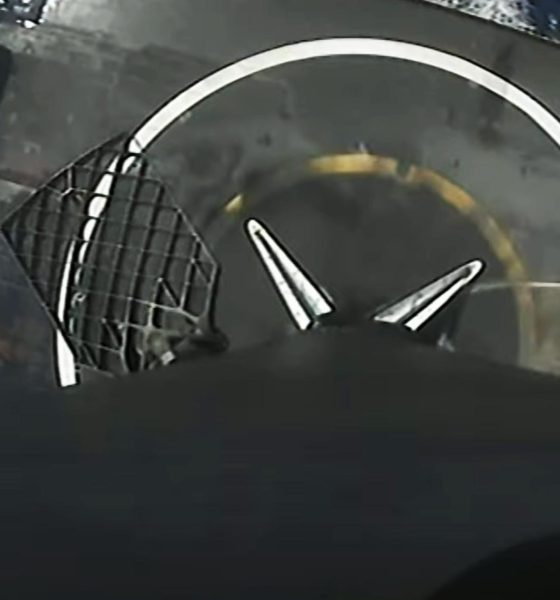
News
SpaceX aces Starlink launch and landing, reveals more than half a million preorders
SpaceX has successfully completed its 25th operational Starlink satellite launch, stuck a bullseye Falcon 9 booster landing, and revealed that satellite internet service has already received more than half a million preorders.
Aside from a quiet announcement of more than 10,000 active users in early February, this is the first time SpaceX has offered real data on the extent of demand for Starlink satellite internet.
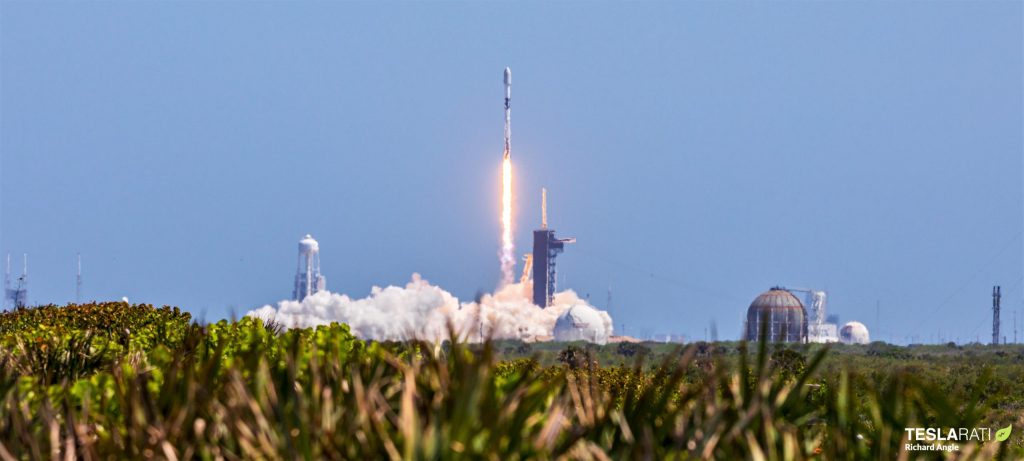
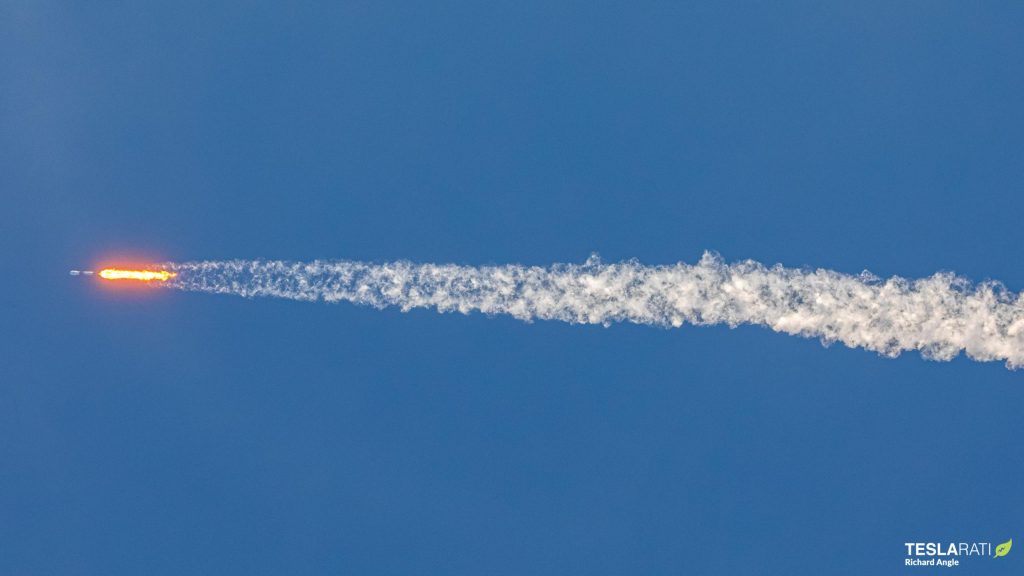
Right on schedule, Falcon 9 booster B1049 lifted off at 3:01 pm EDT on its ninth orbital-class launch and lifted the rocket’s ~125 metric ton (~275,000 lb) second stage and Starlink payload out of Earth’s atmosphere and well on its way to orbit. Less than nine minutes later, the massive first stage aced its ninth touchdown, hitting the bullseye on drone ship Of Course I Still Love You (OCISLY). Almost simultaneously, Falcon 9’s second stage wrapped up a six-minute orbital insertion burn in what has become a well-worn routine for SpaceX.
Around 40 minutes after liftoff, the second stage reignited for an extremely brief one-second orbit-raising burn, shut down, and began spinning up for another successful deployment of 60 Starlink satellites. Assuming all sixty are healthy, SpaceX will have more than 1460 functional satellites in orbit, some 900 of which are operational.
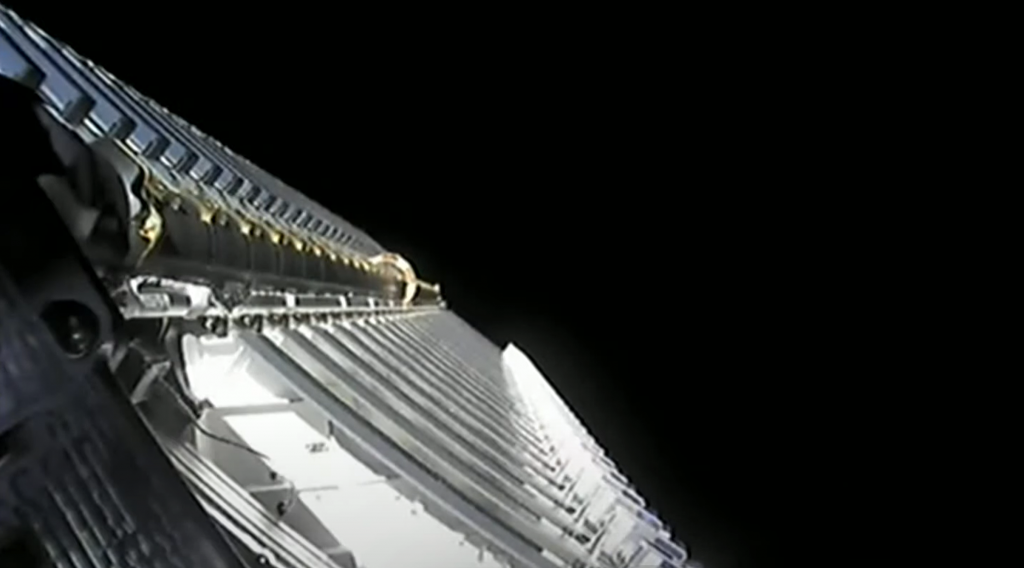
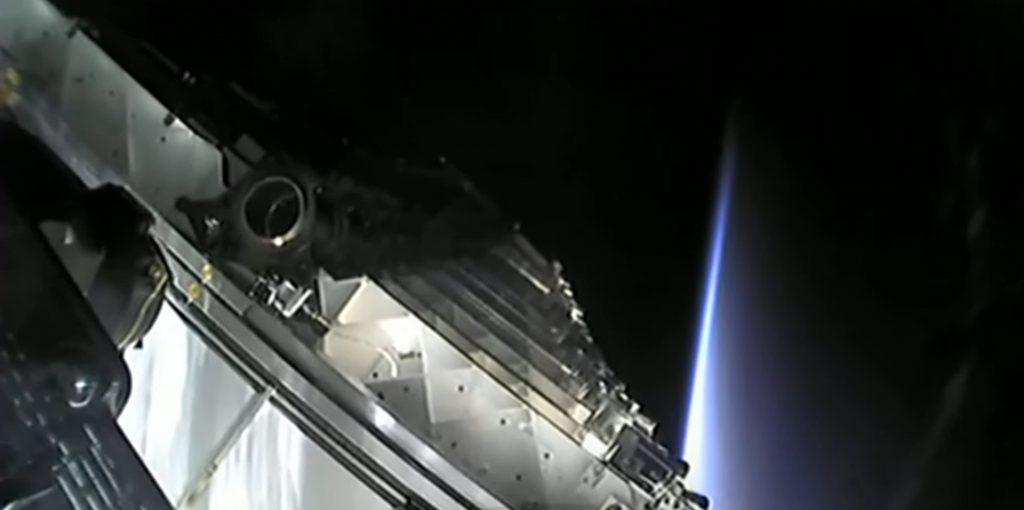
While every Starlink launch is important, perhaps the most interesting thing to come from Starlink-25 was SpaceX’s official confirmation that it has received more than 500,000 orders and deposits for Starlink internet service. As the Starlink constellation expands and rapidly approaches uninterrupted coverage, SpaceX has begun accepting preorders – with a $99 deposit – from prospective customers in almost any country that the company is already working on regulatory approval with.
Some prospective customers can simply order outright at a cost of approximately $600 upfront and $99 per month to purchase a Starlink dish, router, and satellite internet with unlimited bandwidth and no data caps. With more than 500,000 orders and preorders already in hand, that means Starlink has already earned SpaceX a bare minimum of $50 million in deposits alone.
If SpaceX can produce enough dishes – and do so quickly enough – to turn all of those preorders into active users, it would represent some $250 million in upfront revenue and – far more importantly – annual revenue on the order of $600 million. SpaceX is currently selling its cutting-edge dishes to customers at a significant loss but the company should be able to easily recoup that loss – now believed to be less than $1000 per dish – with a single year of internet service.
Of course, SpaceX is paying a substantial sum – likely on the order of $5 billion or more – to build and launch thousands of satellites, construct ground stations, and manufacture user terminals, but the company has historically expressed little interest in ‘recouping’ infrastructure investments. In that sense, as long as investors continue to eagerly dump billions into SpaceX’s coffers to fund Starlink buildout and can overlook the largely symbolic idea of ‘recouping’ non-debt investments, Starlink could become self-sustaining far sooner than almost anyone likely suspects.

News
Tesla Model 3 named New Zealand’s best passenger car of 2025
Tesla flipped the switch on Full Self-Driving (Supervised) in September, turning every Model 3 and Model Y into New Zealand’s most advanced production car overnight.
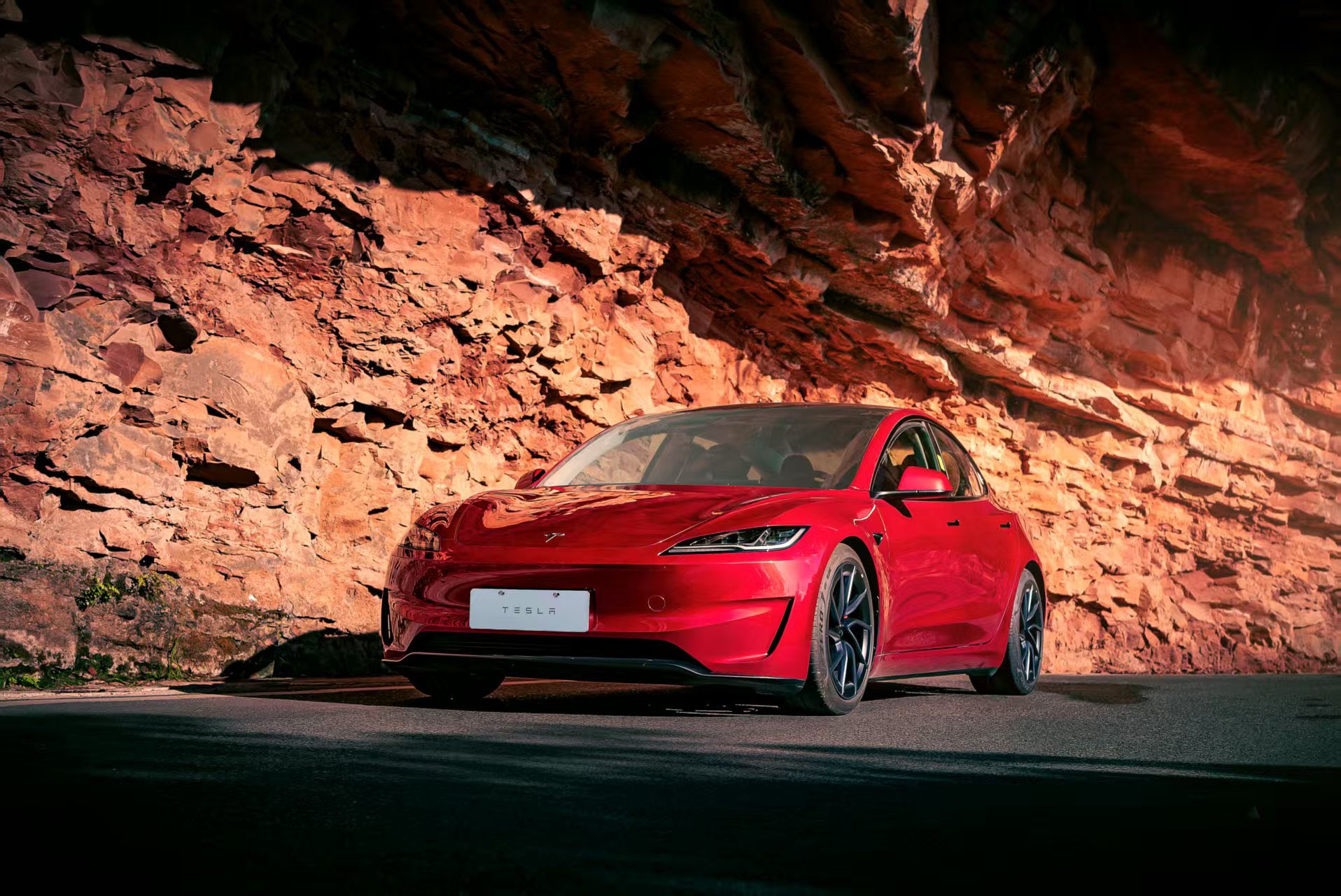
The refreshed Tesla Model 3 has won the DRIVEN Car Guide AA Insurance NZ Car of the Year 2025 award in the Passenger Car category, beating all traditional and electric rivals.
Judges praised the all-electric sedan’s driving dynamics, value-packed EV tech, and the game-changing addition of Full Self-Driving (Supervised) that went live in New Zealand this September.
Why the Model 3 clinched the crown
DRIVEN admitted they were late to the “Highland” party because the updated sedan arrived in New Zealand as a 2024 model, just before the new Model Y stole the headlines. Yet two things forced a re-evaluation this year.
First, experiencing the new Model Y reminded testers how many big upgrades originated in the Model 3, such as the smoother ride, quieter cabin, ventilated seats, rear touchscreen, and stalk-less minimalist interior. Second, and far more importantly, Tesla flipped the switch on Full Self-Driving (Supervised) in September, turning every Model 3 and Model Y into New Zealand’s most advanced production car overnight.
FSD changes everything for Kiwi buyers
The publication called the entry-level rear-wheel-drive version “good to drive and represents a lot of EV technology for the money,” but highlighted that FSD elevates it into another league. “Make no mistake, despite the ‘Supervised’ bit in the name that requires you to remain ready to take control, it’s autonomous and very capable in some surprisingly tricky scenarios,” the review stated.
At NZ$11,400, FSD is far from cheap, but Tesla also offers FSD (Supervised) on a $159 monthly subscription, making the tech accessible without the full upfront investment. That’s a game-changer, as it allows users to access the company’s most advanced system without forking over a huge amount of money.
News
Tesla starts rolling out FSD V14.2.1 to AI4 vehicles including Cybertruck
FSD V14.2.1 was released just about a week after the initial FSD V14.2 update was rolled out.

It appears that the Tesla AI team burned the midnight oil, allowing them to release FSD V14.2.1 on Thanksgiving. The update has been reported by Tesla owners with AI4 vehicles, as well as Cybertruck owners.
For the Tesla AI team, at least, it appears that work really does not stop.
FSD V14.2.1
Initial posts about FSD V14.2.1 were shared by Tesla owners on social media platform X. As per the Tesla owners, V14.2.1 appears to be a point update that’s designed to polish the features and capacities that have been available in FSD V14. A look at the release notes for FSD V14.2.1, however, shows that an extra line has been added.
“Camera visibility can lead to increased attention monitoring sensitivity.”
Whether this could lead to more drivers being alerted to pay attention to the roads more remains to be seen. This would likely become evident as soon as the first batch of videos from Tesla owners who received V14.21 start sharing their first drive impressions of the update. Despite the update being released on Thanksgiving, it would not be surprising if first impressions videos of FSD V14.2.1 are shared today, just the same.
Rapid FSD releases
What is rather interesting and impressive is the fact that FSD V14.2.1 was released just about a week after the initial FSD V14.2 update was rolled out. This bodes well for Tesla’s FSD users, especially since CEO Elon Musk has stated in the past that the V14.2 series will be for “widespread use.”
FSD V14 has so far received numerous positive reviews from Tesla owners, with numerous drivers noting that the system now drives better than most human drivers because it is cautious, confident, and considerate at the same time. The only question now, really, is if the V14.2 series does make it to the company’s wide FSD fleet, which is still populated by numerous HW3 vehicles.
News
Waymo rider data hints that Tesla’s Cybercab strategy might be the smartest, after all
These observations all but validate Tesla’s controversial two-seat Cybercab strategy, which has caught a lot of criticism since it was unveiled last year.
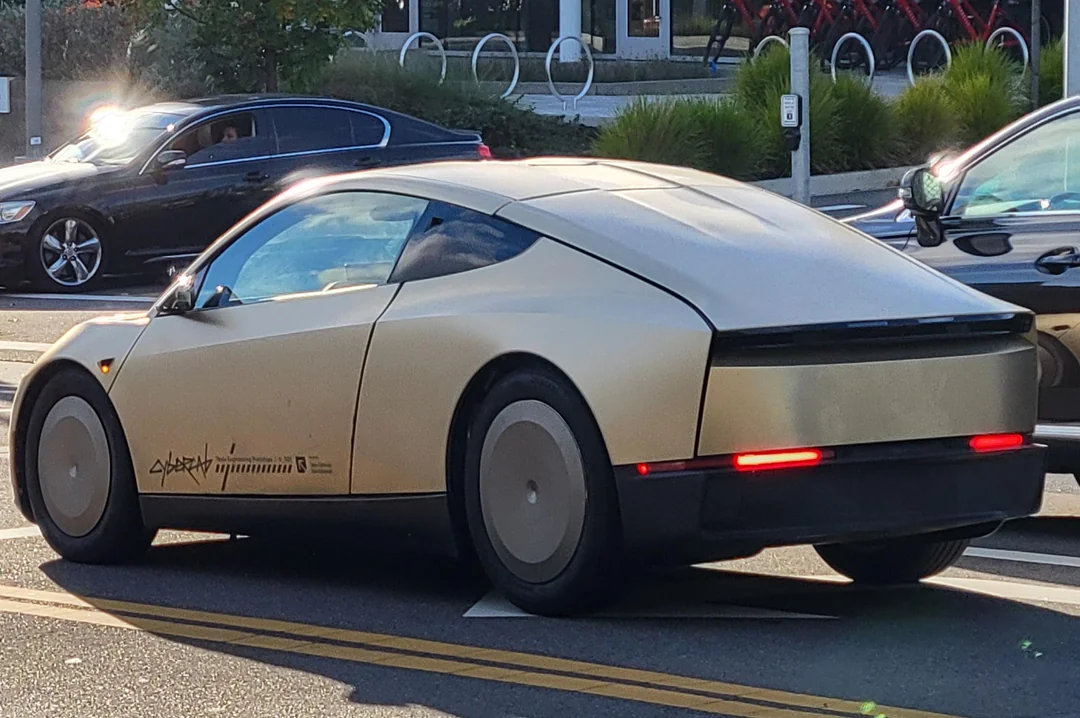
Toyota Connected Europe designer Karim Dia Toubajie has highlighted a particular trend that became evident in Waymo’s Q3 2025 occupancy stats. As it turned out, 90% of the trips taken by the driverless taxis carried two or fewer passengers.
These observations all but validate Tesla’s controversial two-seat Cybercab strategy, which has caught a lot of criticism since it was unveiled last year.
Toyota designer observes a trend
Karim Dia Toubajie, Lead Product Designer (Sustainable Mobility) at Toyota Connected Europe, analyzed Waymo’s latest California Public Utilities Commission filings and posted the results on LinkedIn this week.
“90% of robotaxi trips have 2 or less passengers, so why are we using 5-seater vehicles?” Toubajie asked. He continued: “90% of trips have 2 or less people, 75% of trips have 1 or less people.” He accompanied his comments with a graphic showing Waymo’s occupancy rates, which showed 71% of trips having one passenger, 15% of trips having two passengers, 6% of trips having three passengers, 5% of trips having zero passengers, and only 3% of trips having four passengers.
The data excludes operational trips like depot runs or charging, though Toubajie pointed out that most of the time, Waymo’s massive self-driving taxis are really just transporting 1 or 2 people, at times even no passengers at all. “This means that most of the time, the vehicle being used significantly outweighs the needs of the trip,” the Toyota designer wrote in his post.
Cybercab suddenly looks perfectly sized
Toubajie gave a nod to Tesla’s approach. “The Tesla Cybercab announced in 2024, is a 2-seater robotaxi with a 50kWh battery but I still believe this is on the larger side of what’s required for most trips,” he wrote.
With Waymo’s own numbers now proving 90% of demand fits two seats or fewer, the wheel-less, lidar-free Cybercab now looks like the smartest play in the room. The Cybercab is designed to be easy to produce, with CEO Elon Musk commenting that its product line would resemble a consumer electronics factory more than an automotive plant. This means that the Cybercab could saturate the roads quickly once it is deployed.
While the Cybercab will likely take the lion’s share of Tesla’s ride-hailing passengers, the Model 3 sedan and Model Y crossover would be perfect for the remaining 9% of riders who require larger vehicles. This should be easy to implement for Tesla, as the Model Y and Model 3 are both mass-market vehicles.









